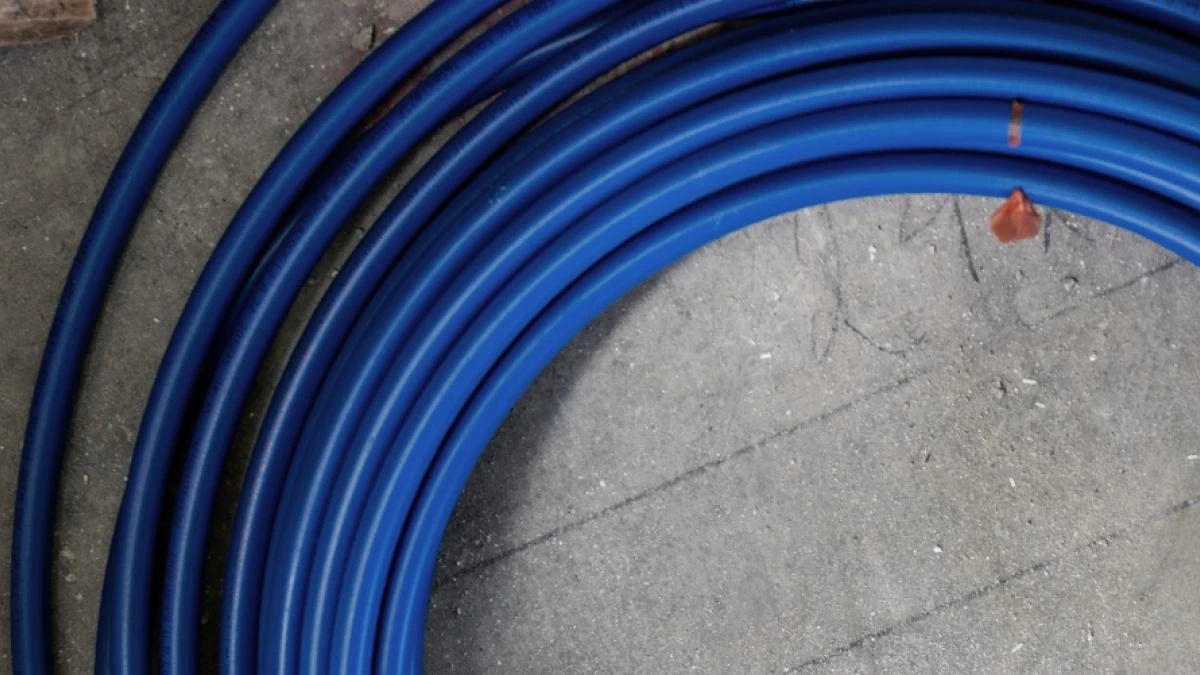Introduction
DIN 16836 PEX Pipe has become a popular choice in plumbing systems for both residential and commercial projects. But what exactly is PEX, and what should you know before using it? Here are ten essential facts about PEX pipe that will help you understand its benefits and applications.
1. What is PEX?
PEX stands for cross-linked polyethylene. It’s a flexible plastic piping system used primarily for water supply lines. Its unique cross-linking process enhances its durability and performance compared to traditional materials like copper and PVC.
2. Types of DIN 16836 PEX Pipe
There are three main types of PEX: PEX A, PEX B, and PEX C. Each type has its manufacturing process and characteristics:
- PEX A: Highly flexible and resistant to bursting, ideal for cold climates.
- PEX B: More affordable and slightly less flexible, good for various applications.
- PEX C: Less commonly used, but still a viable option for specific needs.
3. Flexibility and Ease of Installation
One of the most significant advantages of PEX pipe is its flexibility. It can easily bend around corners, reducing the need for numerous fittings. This makes installation quicker and often more cost-effective, especially in tight spaces.
4. Resistance to Corrosion
Unlike metal pipes, PEX does not corrode or scale. This resistance to corrosion means longer-lasting pipes and reduced maintenance costs over time. You won’t have to worry about rust contaminating your water supply!
5. Lower Risk of Freezing
DIN 16836 PEX pipe has excellent expansion properties. In cold conditions, PEX can expand without breaking, making it less susceptible to freeze damage compared to rigid pipes. This characteristic is a game-changer for those in colder climates.

6. Energy Efficiency
Because of its insulation properties, PEX helps reduce heat loss in hot water lines. This energy efficiency can lead to lower utility bills and a more sustainable plumbing system overall.
7. Variety of Applications
PEX is incredibly versatile. It can be used for:
- Hot and cold water supply lines
- Radiant heating systems
- Snow melting systems
- Plumbing retrofits
8. Cost-Effective Solution
Generally, PEX is more affordable than traditional materials like copper. Its lower material costs, combined with quicker installation times, make it a budget-friendly option for homeowners and contractors alike.
9. Safe for Drinking Water
DIN 16836 PEX pipes are certified for potable (drinking) water use. They do not leach harmful chemicals into the water, making them a safe choice for any home plumbing system.
10. Common Installation Mistakes
While PEX installation is relatively straightforward, some common mistakes can occur, such as:
- Not allowing for expansion and contraction in hot and cold temperatures.
- Using incompatible fittings.
- Improper crimping, leading to leaks.
By being aware of these potential pitfalls, you can ensure a successful installation.
Conclusion
Understanding these ten facts about DIN 16836 PEX Pipe can help you make informed decisions for your plumbing projects. Its flexibility, resistance to corrosion, energy efficiency, and overall cost-effectiveness make PEX a top choice for modern plumbing systems.
FAQs
1. How long does PEX pipe last?
With proper installation and maintenance, PEX pipes can last 25 years or more.
2. Can I use PEX pipe for outdoor applications?
Yes, but you should use PEX that is specifically rated for outdoor use, as regular PEX can degrade with prolonged UV exposure.
3. Is PEX pipe safe for hot water lines?
Absolutely! PEX is designed to handle both hot and cold water applications.
4. Do I need special tools to install PEX?
Basic plumbing tools like a PEX cutter, crimping tool, and fittings are typically all you need.
5. Can PEX be recycled?
Yes, PEX is recyclable, but you should check local recycling guidelines for proper disposal.
















